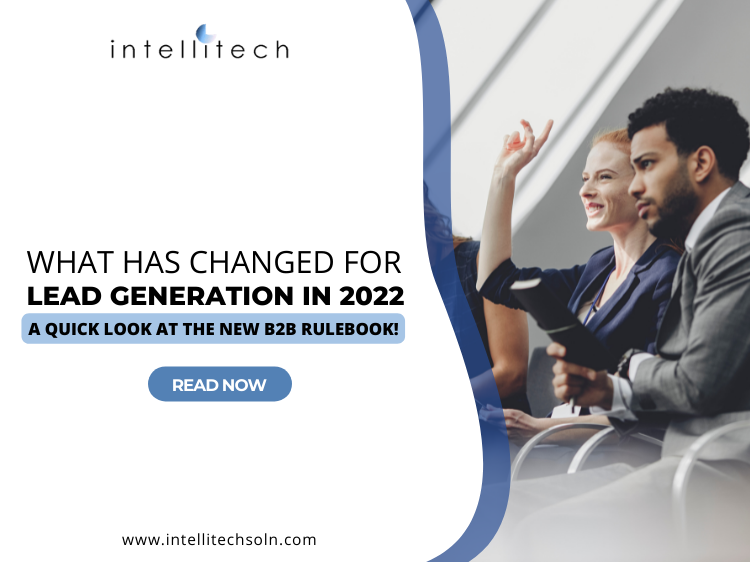The new environment in the b2b market in the past two years posed some new challenges for b2b marketers. Some of the major changes that have occurred in the market over the past two years have now made marketers rewrite some of the b2b sales and marketing rules! Let us find out and discuss some of the interesting changes in b2b in 2022 and how it has changed lead generation in the post-pandemic business world.
Before 2020, it was a norm for sales people to invest time in conferences, face-to-face meetings, visit trade centers and anything that involved a direct human interaction. Today things are pretty different! The market in 2022 has changed a lot in terms of digital interface, the way sales are being conducted and also in terms of customer expectations.
As per the Mckinsey, nearly 70% of b2b stake-holders and decision-makers now prefer remote human interactions! This is a huge shift and it is bound to affect many sales and marketing practices and methodologies. With customers not wanting to go back to the traditional ways of engaging with sellers, marketers have been compelled to create a new rule book for b2b and lead generation in 2022.
What has changed for b2b in 2022?
B2B buyers and sellers prefer digital
A lot has changed in the way people approach selling and buying across different platforms. According to McKinsey, over three quarters of buyers and sellers now prefer a digital interface and also remote human engagement more than a face-to-face interaction; the main reason being convenience as buyers are happy to save time and efforts in buying things easily online. This applies to various products and services. Prospects are now doing their own research in finding the right b2b vendors and they show an inclination towards preferring those vendors who communicate with a touch of personalization. Prospects prefer those marketers who invest in nurturing leads and are also delighted with those who share free and insightful content assets.
More demand for demand generation
New-age buyers are really looking forward to sellers who are offering them exactly what they are looking for. This demand-need dynamics and its interplay has initiated new trends and has encouraged b2b marketers to focus on demand generation- generating demand for products and services that are more aligned with what the customers want.
Demand generation techniques that include nurturing the leads and creating a more favorable buying ambience for customers to engage with marketers are a major change in the b2b market today. Instead of marketers having to chase leads, they can now engage their customers by being more customer-centric, using the right communication channels at the right time and offering them customized solutions.
It’s all about being there in front of the customer even before he contacts you!
Inculcating a go-to-market approach
One of the most significant changes amid b2b marketers has been in the overall approach in the marketing techniques and processes. This includes hyper-personalization and having a go-to-market strategy. But this will take root only when it seeps into the organization across all its functions. Preparing content assets that are also go-to-market and creating processes that are versatile and customer-centric are some of the major changes in b2b in 2022.
Conclusion-
This dynamic change could just be the beginning of a revolutionary phase in the b2b market which will unfold more and more with time. But the transformation has surely begun and as long as marketers are embracing digital and aligning their strategies with the changing customer expectations, it will always be a win-win situation for both, marketers as well as customers!!!

